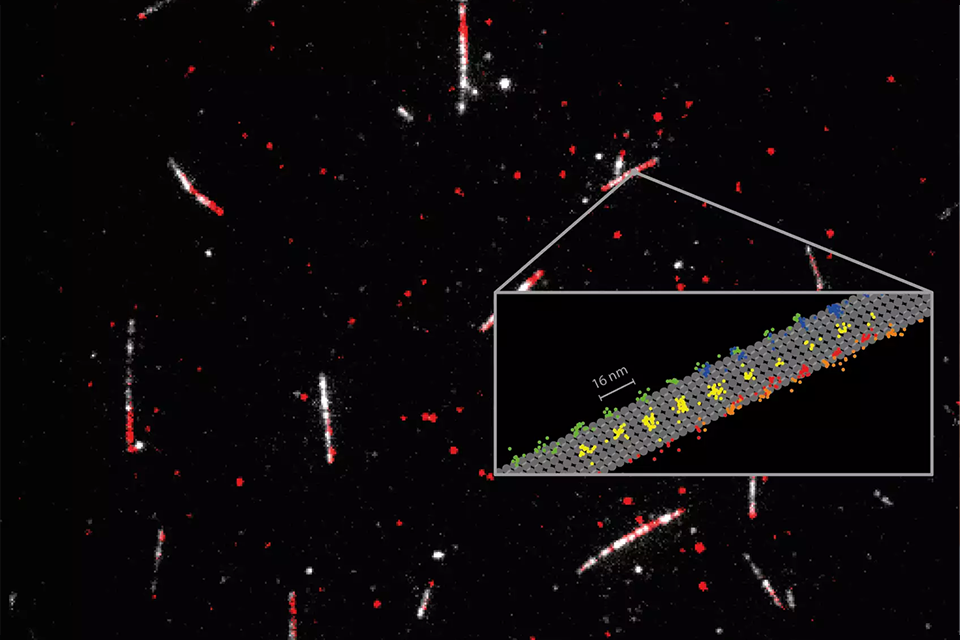Learning from conspecifics
Chimpanzees that are unable to figure out a complex puzzle on their own, are capable of learning the solution from other chimps that were trained to solve it. This is the conclusion reached by an international research team from Utrecht University, the University of St Andrews and the Max Planck Institute for Evolutionary Anthropology as part of a study conducted with groups of chimpanzees in Zambia.











